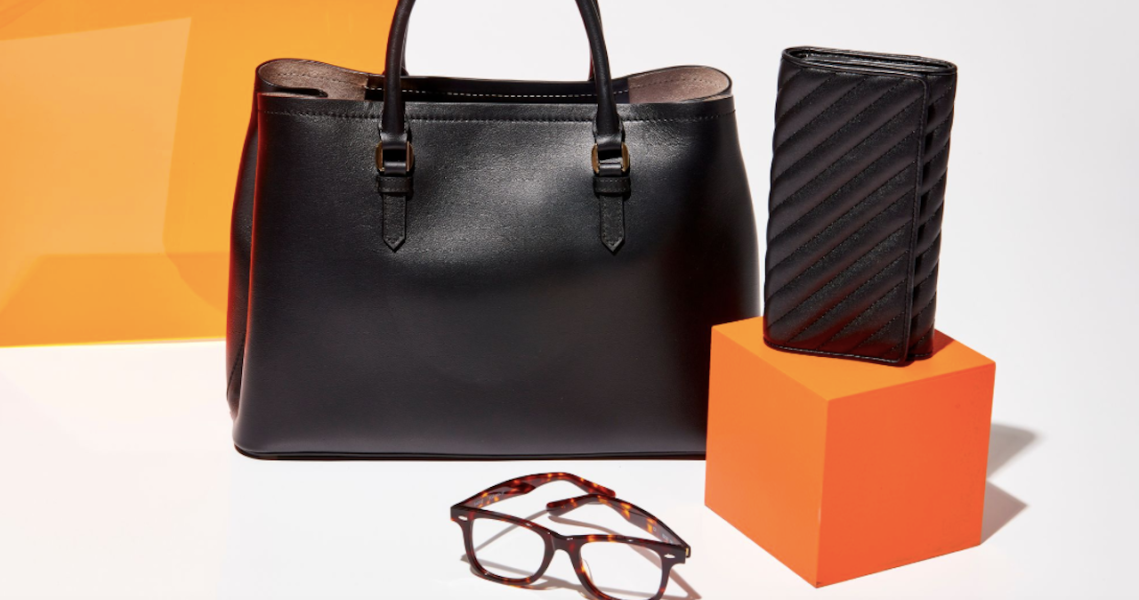A new marketplace called Italic is capitalizing on the increasing separation between luxury fashion brands and the high-end manufacturers that actually assemble their goods.
Italic works as a marketplace where customers can buy pieces created using the same materials, by the same craftspeople and in the same high-end factories in Italy and elsewhere as some of the biggest names in luxury fashion like Prada, Loro Piana and Burberry. But rather than simply buying up excess inventory from these manufacturers and selling it at a discount, Italic is instead working directly with those manufacturers to create exclusive pieces not available anywhere else and selling them directly from the manufacturer to the consumer. In founder Jeremy Cai’s thinking, Italic basically does everything a brand would do, giving the customers a steeper discount for a product comparable to the finest luxury goods — think under $300 for a bag that would otherwise go for over $1,000 — while giving the manufacturers a bigger cut.
“We have people on our team from Calvin Klein, Armani, Patagonia,” said Cai. “When we go to the factories, we speak their language. We’re not tech bros from outside the industry trying to shake things up. And a lot of factories have been looking for something like this for a long time.”
Part of the frustration manufacturers have been feeling is that they see so little of the profit made from luxury goods.
“If you’re a shirt manufacturer, you might sell a shirt to Calvin Klein for 20 bucks and make 20 percent off it — 4 bucks,” Cai said. “If I buy that, I have to flip it and I have to profit off it. It might be a $100 sale, but you only made 4 bucks. Expensive things aren’t that expensive to make; they’re expensive to sell.”
The factories Italic works with include Original Design Manufacturing and Original Equipment Manufacturing. The OEM manufacturers have in-house design teams that will produce the designs to be sold on Italic’s marketplace. For the ODM manufacturers, Italic’s in-house designers help them produce the designs.
Cai acknowledged the significant risk these manufacturers are incurring. When fulfilling orders for a brand, the manufacturers get paid regardless of whether the brand’s customers buy the products. With Italic, these manufacturers are essentially producing tens of thousands of dollars worth of product without a guarantee of return on it. But the possibility of making significantly more revenue and having independence from some of the big luxury brands is enticing for these manufacturers.
The confidence with which these manufacturers are embracing Italic’s business model is a testament to the changing relationship between the factories and luxury brands. Brands like Gucci, who have been partners with factories like these for decades, have begun moving production in-house. Gucci announced the creation of the Gucci Art Lab last year, in order to have more control over the production process and increase the speed at which new designs can be produced to keep up with an accelerating market.
“This is a step toward internalization of production, especially leather goods,” said Kering CFO Jean-Marc Duplaix, in an earnings call last year. “Over time, there will be better control over product development, sampling and material development.”
In addition to the increasing reliance on in-house production, many luxury brands are moving away from the Italian factories that have produced their goods for decades to other parts of the world. The Balenciaga Triple S sneaker, one of the most talked-about pieces the brand has produced in recent years, was once made in Italy but is now being made in China.
As brands continue to take their production in-house or elsewhere, manufacturers are stuck looking for ways to make up the difference. At the same time, Italic’s business model opens up some interesting questions about consumers’ relationship with luxury and brand names. If you can buy a bag made by the same people who make Prada bags, using the same material Prada bags are made from, in the same place where Prada bags are made, is it not just as good as a Prada bag?
Cai believes that for some people, the answer is yes. A Daymon Worldwide study found that only 29 percent of millennials are brand loyal. These customers are the ones for whom Italic’s products are ideal.
“We don’t want to frame ourselves as replacing a luxury brand,” Cai said. “If you have to have a brand on the stuff you buy, you won’t switch to us. A regular belt will never replace a Gucci belt for some people.”




